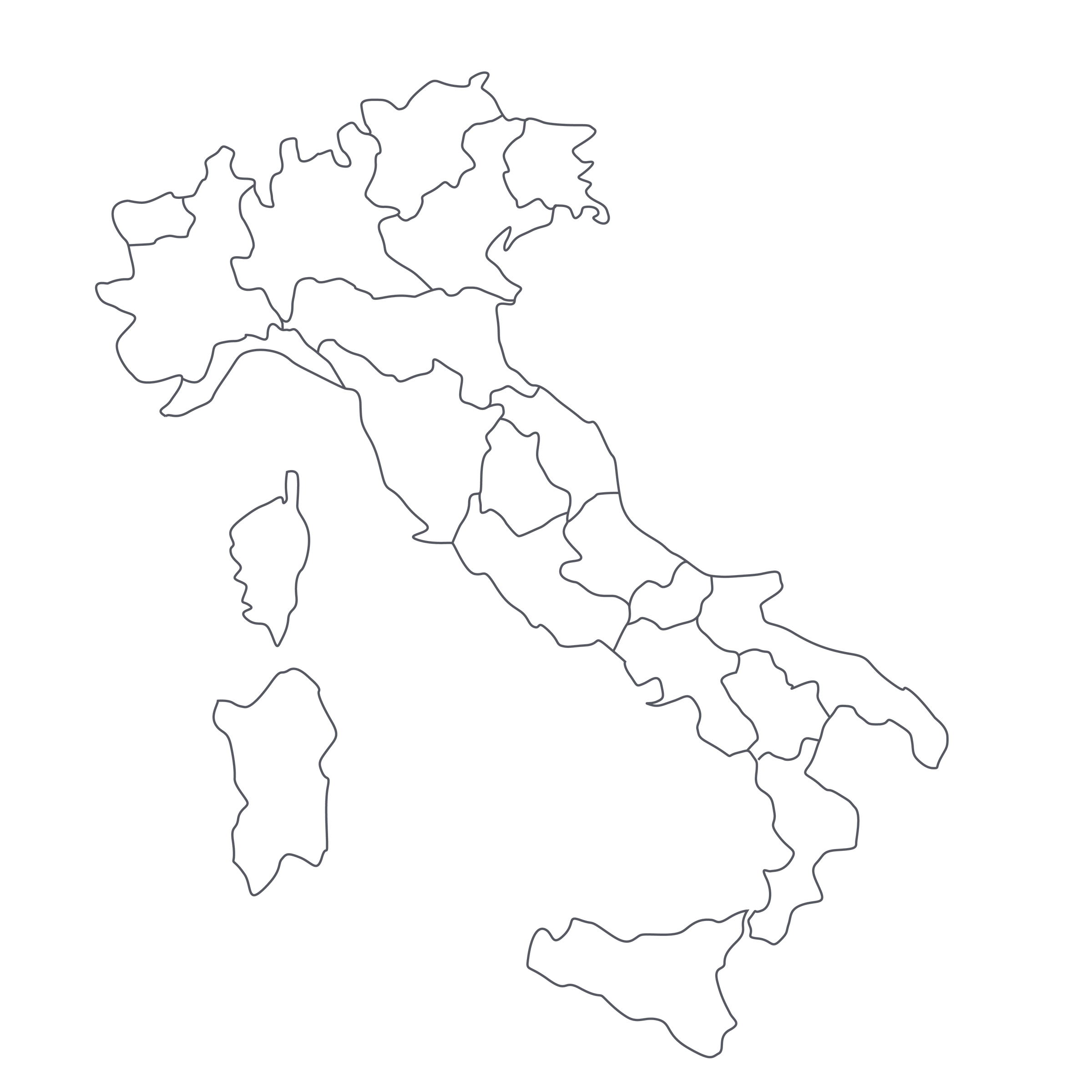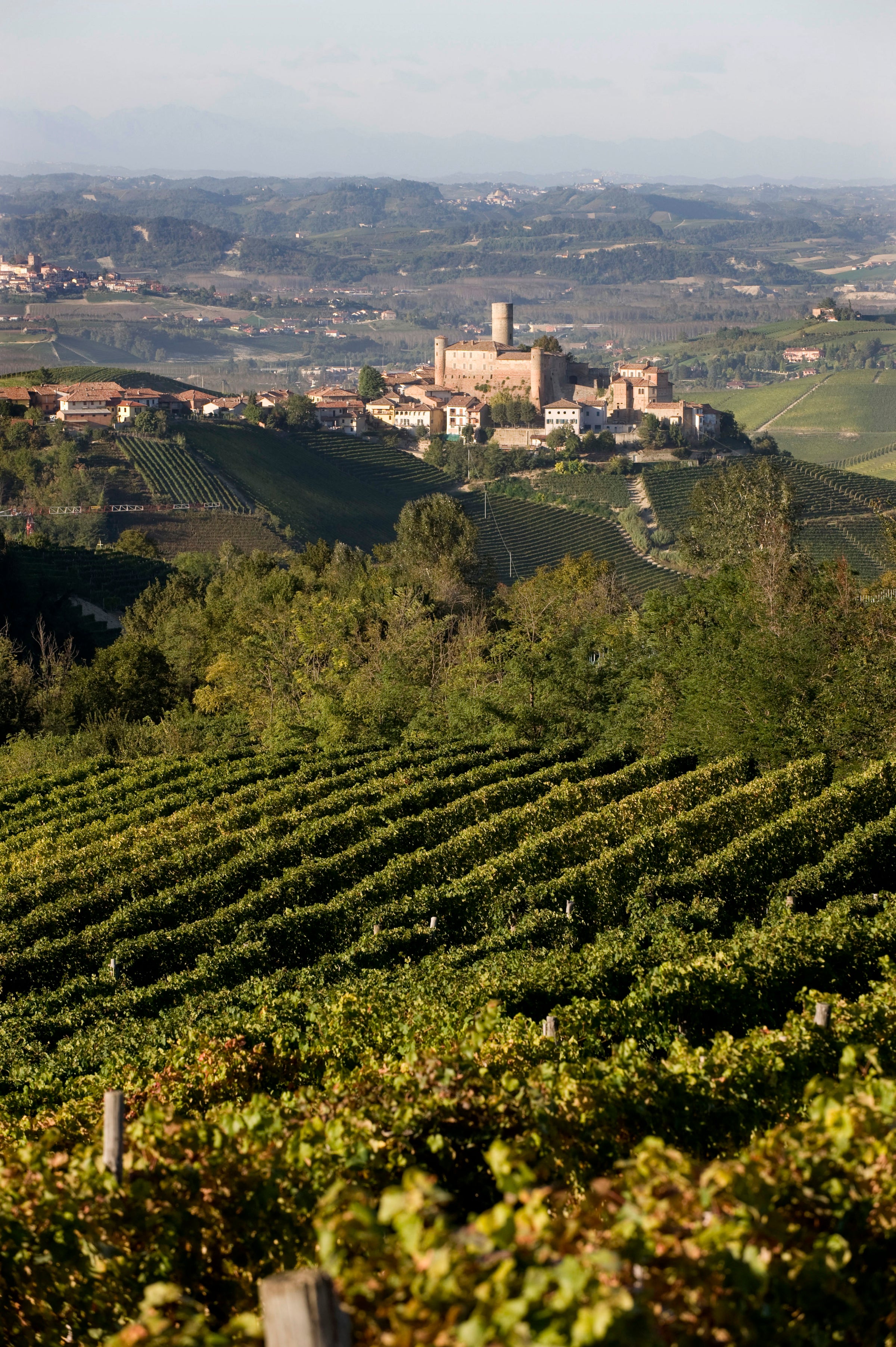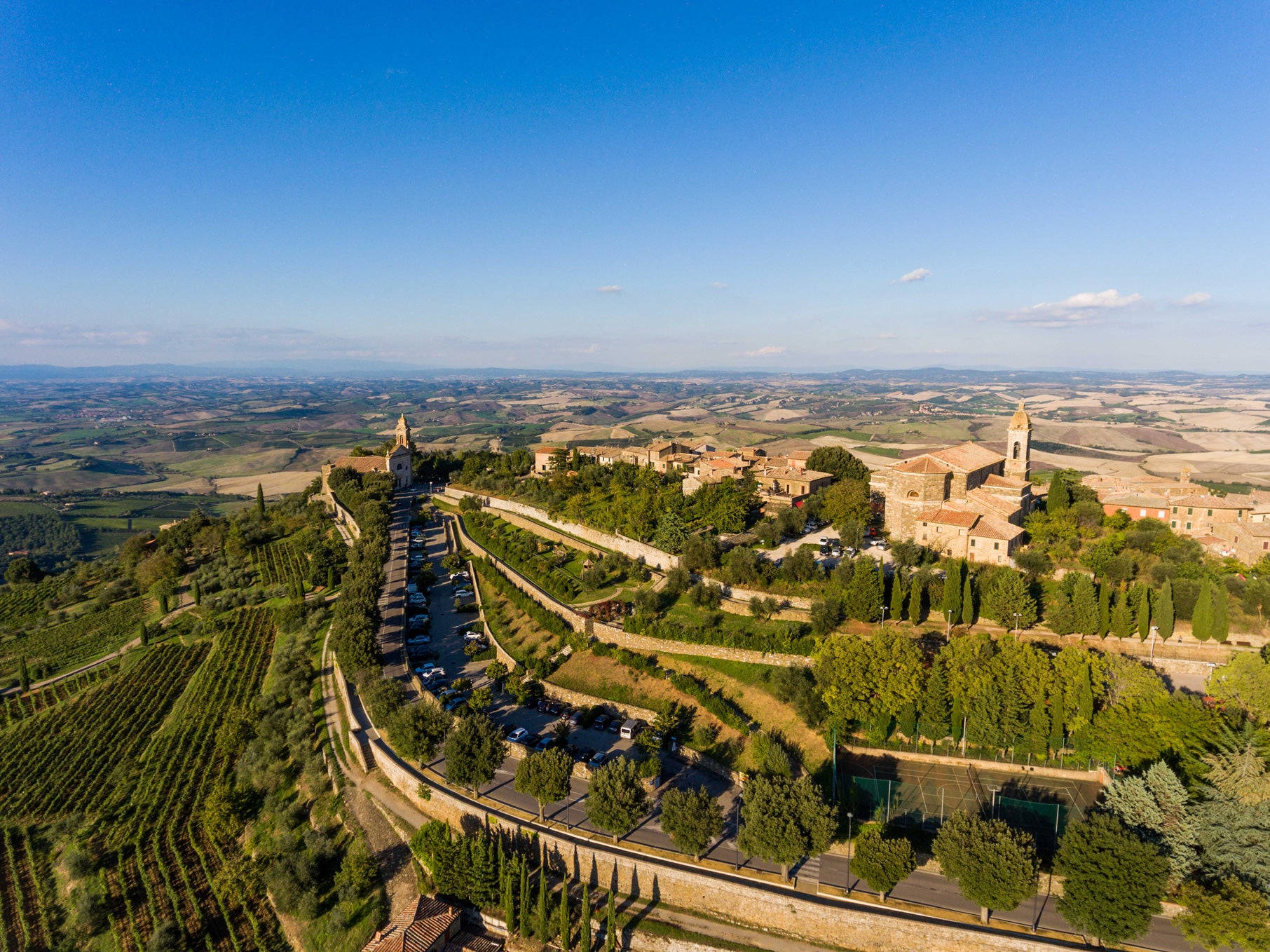The 2015 vintage in Montalcino attracted major attention from critics worldwide, in no small part because the wines, thanks to the hot, dry growing season, are so approachable in their youth. But, as those same critics would warn, a vintage this intense brings with it some overripe, overblown wines—which is precisely when you want to be in the hands of a true classicist like Livio Sassetti.
Year in and year out, this founding-father Montalcino estate delivers some of the most resolutely classic Montalcino Sangiovese on the market—and by “classic” I mean classically proportioned, which for Sangiovese means taut, bright, and aromatic, not inky and dense. If I wanted to give a Tuscan Sangiovese newcomer a one-stop crash course in the place/grape, Sassetti would be a great choice, while at the other end of the spectrum, I couldn’t suggest a more iron-clad investment for medium/long-term cellaring. And if scores are your thing, Sassetti’s ’15 has them, including a few gaudy numbers usually reserved for slicker, darker, more “international” styles of Brunello. Yes, 2015 blessed this edition with another “gear,” so to speak, but the wine is still classic Sassetti through and through: focused, perfumed, woodsy, and tangy. And at this price, it remains one of the most affordable Italian collectibles out there. We can offer up to six bottles per person today until the well runs dry.
Because the Livio Sassetti estate is such a foundational property, it always feels necessary to place the wines in their appropriate context. No wine region in Italy has seen the kind of growth in recognition, prestige, and price that Montalcino has, and Sassetti was there at the beginning. In the late-1960s, when the Brunello di Montalcino DOCG was first being codified, there were but a handful of established commercial producers. Now there are well over 200, working in the same relatively small, confined area—overall there are about 3,500 hectares of vines in Montalcino, with 2,100 or so designated for production of Brunello di Montalcino. Land values here are some of the highest in the wine world, and of course wine prices have generally followed suit.
Livio Sassetti was one of the founding members of the Brunello di Montalcino producer’s consortium, or consorzio, which was created in 1967—the same year Italy’s DOC(G) system was written into law. His property is one of two which bear the name ‘Sassetti’ (the other is Angelo Sassetti) on the “north slope” of the Montalcino hill. The two Sassettis own pieces of the farm historically known as “Podere Pertimali,” which occupies part of Montalcino’s famed “Montosoli” vineyard. Although Montalcino isn’t known for having much of the vineyard-designate culture that defines Barolo, or Burgundy, Montosoli’s cru status was given voice by the Altesino winery, which has bottled a vineyard-designate wine from the site since the late seventies. Montosoli is a rounded outcropping with 360-degree exposures, and Livio Sassetti’s parcel faces southeast.
A lot has been written about how “north slope” Brunellos differ from their counterparts grown on the south-facing slopes of the appellation—the village of Montalcino itself is like the cherry on top of a sundae, a classic fortified village with vineyards spilling down on all sides. When you pass through Montalcino proper and head down the “back side” of the hill towards Grosseto to the south, you’ve effectively crossed over into “Mediterranean” Tuscany—something that becomes immediately evident as the landscape completely opens and flattens. Vineyards on the south slope tend to be harvested earlier than those on the north face, and are said to produce richer wines as a result. But the conventional wisdom isn’t always evident in the glass—with Sassetti, it is. This 2015 was aged for 36 months in large, used oak botti (the traditional vessel in these parts, more recently replaced by some with newer, smaller barriques) and then spent another 6 months in bottle before release.
This is bright, balanced, spicy Sangiovese with plenty of savor to complement its deep black cherry fruit. In the glass, it shines a deep crimson moving to slight orange reflections at the rim (Sangiovese, like Nebbiolo, isn’t supposed to be dark). By Brunello di Montalcino standards, this ’15 is a young wine, but you’ll notice some of the first hints of maturity on the nose and palate: dried red and black cherry, plum, and black raspberry mix with notes of leather, tobacco, fennel seed, orange peel, and forest floor. The tannins still have grip but it’s the acid that lifts this wine up and gives it energy and focus all the way through the cedary, woodsy finish. I’d describe 2015 as one of the “youngest-drinking” vintages in recent memory, so you’ll find this wine plenty accessible after an hour in a decanter. Poured in large Bordeaux stems with lots of room for swirling, it is a heady, room-filling glass of wine that just gets better and better. It should continue to drink beautifully for years to come, likely peaking around its 10th birthday. The go-to food companion here is a Tuscan-inspired bistecca, well-charred on the grill and cooked as close to rare as you can handle. Attached is a serious deep dive on the art of steak grilling; master some of these techniques and you’ll do proper justice to this textbook Tuscan giant.






